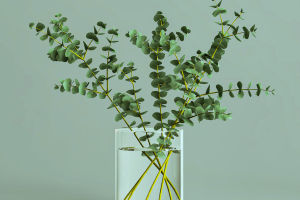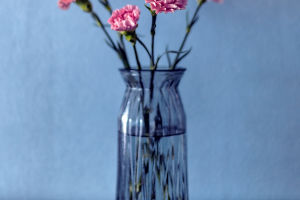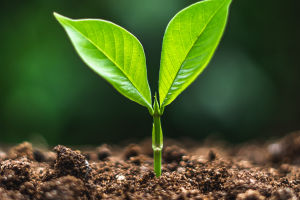Carnation is a flower that symbolizes happiness and love. It comes in rich colors and various flower shapes, making it widely used for celebrations and expressing emotions.
Let's delve into a detailed explanation of the symbol of happiness associated with carnations:
1. Love and Romance: Carnations are often used in romantic settings as they symbolize love and romance. With their abundant and colorful petals, they convey warmth and affection, making them an ideal choice for expressing love and romantic gestures.
2. Happiness and Joy: Carnations, with their vibrant colors and lively appearance, symbolize happiness and joy. Whether presented alone in a bouquet or combined with other flowers, carnations bring joy and evoke positive emotions.
3. Celebrations and Wishes: Carnations are frequently used to celebrate special occasions such as birthdays, wedding anniversaries, and Mother's Day. They represent blessings and well-wishes, conveying happiness and good fortune to the recipient.
4. Strength and Longevity: Carnation flowers are known for their durability, retaining their vibrant colors for an extended period. This characteristic makes them a symbol of strength and longevity, heralding happiness and a promising future.
In summary, carnations, as flowers of happiness, symbolize love, romance, happiness, and joy. Whether given as a gift or used for decoration, they convey positivity, adding a festive and beautiful ambiance to celebratory occasions and emotional expressions.
Numerous other flowers are considered to symbolize happiness and good fortune in various cultures and traditions. Here are some flowers along with their meanings and cultural significance:
1. Sunflower: Sunflowers represent sunshine, joy, and happiness. Known for their bright yellow color and tendency to turn towards the sun, they are seen as symbols of positivity and good luck.
2. Lily: Lilies symbolize purity, kindness, and happiness. These graceful flowers are used in many cultures as symbols of celebration and blessings, with their language often associated with beauty, peace, and happiness.
3. Wisteria: Wisteria is a trailing flower known for its graceful and cascading blooms. It symbolizes prosperity, happiness, and longevity, representing a bright future and success.
4. Roses: Roses, with their different colors, hold various symbolic meanings. Red roses symbolize passionate love, pink roses represent tenderness and happiness, and white roses symbolize purity and happiness.
5. Four-Leaf Clover: Four-leaf clovers are considered symbols of good luck due to their rarity. Each leaf represents love, hope, happiness, and luck. Discovering a four-leaf clover is regarded as a fortunate omen.
6. Bluebell: Bluebells are delicate flowers that symbolize happiness and peace. Their pale blue flowers evoke a sense of tranquility and relaxation.
These flowers represent the diverse cultural interpretations and meanings associated with happiness. Whether given as gifts or used for decorative purposes, they convey positive sentiments and well-wishes.


